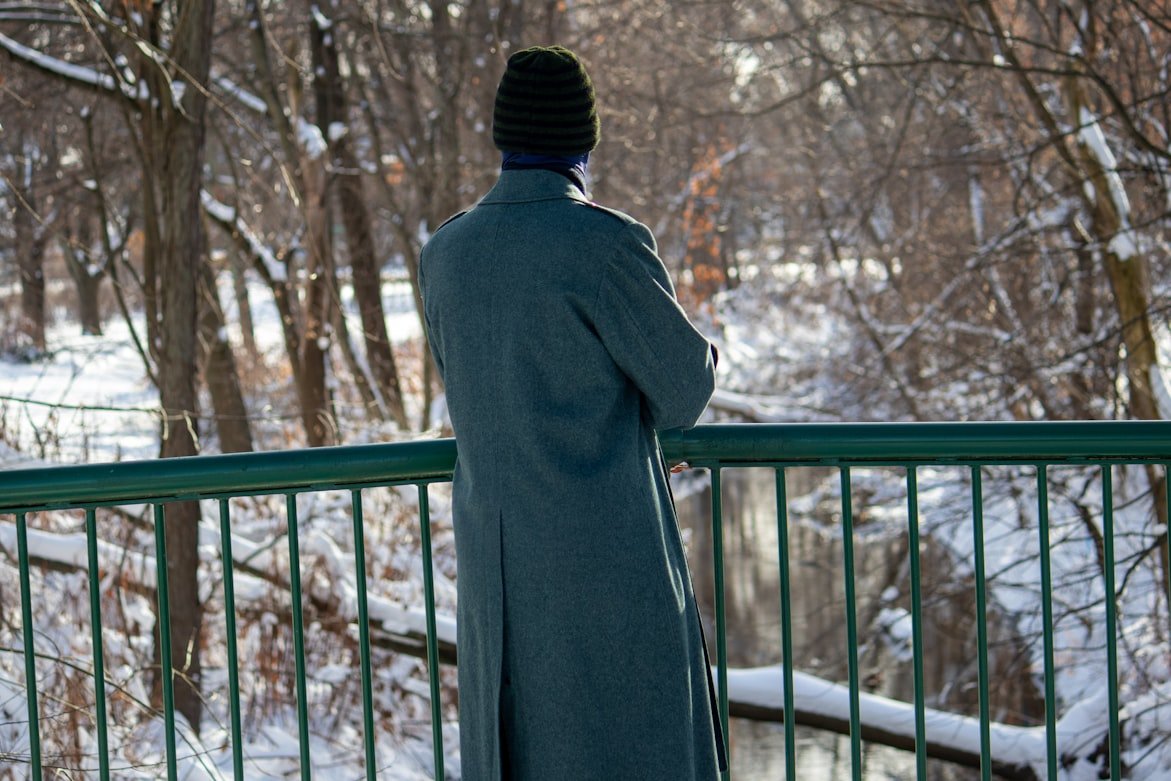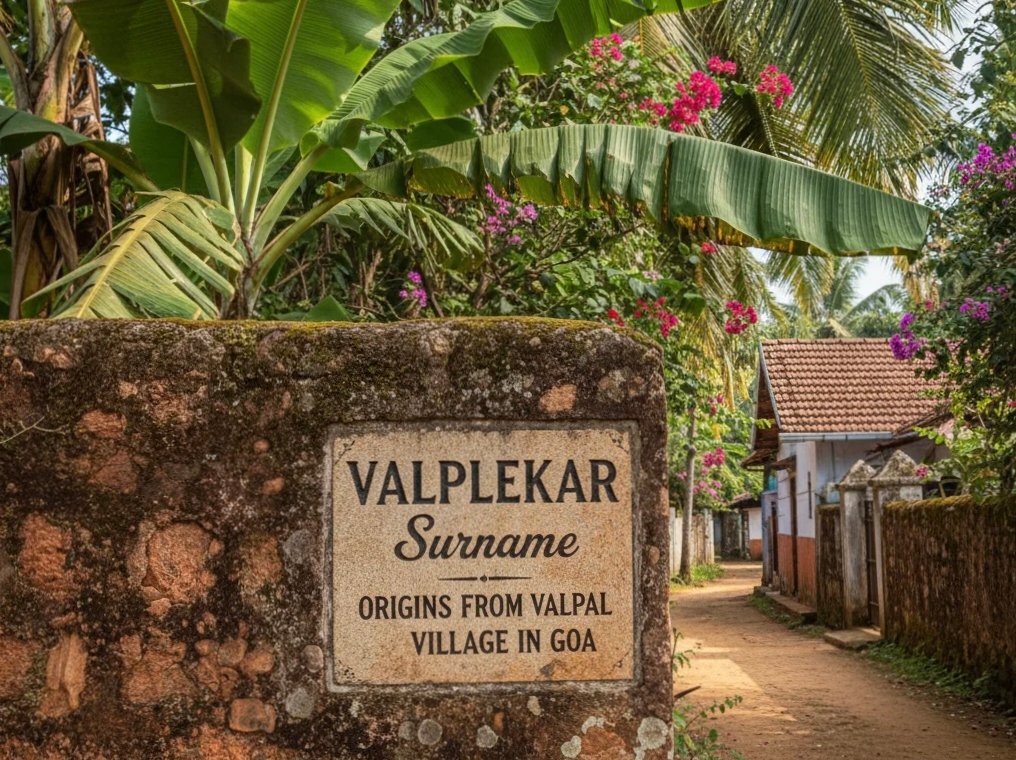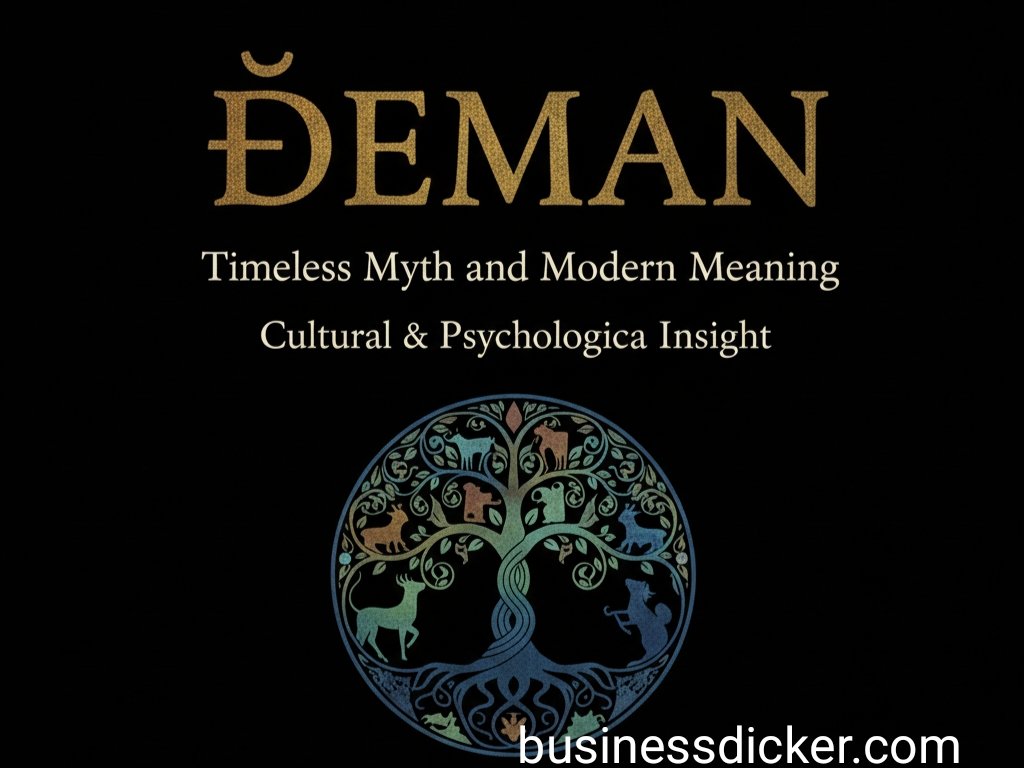Culture
Sodziu: The Timeless Soul of the Lithuanian Countryside

The word Sodziu may appear simple, but within the first breath of its Lithuanian origin—sodžius—lies an entire universe of rural identity. From the earliest mentions in ethnographic records to the memories of elders who grew up among wooden homesteads and wide, breathing fields, sodžius represents far more than a village. It is a rhythm of life shaped by seasons, shared labor, and an enduring connection to land. In today’s fast-moving world, Sodziu continues to inspire cultural pride, ecological values, and a renewed longing for grounded living. This blend of past and present fuels its growing relevance across tradition, travel, and lifestyle narratives.
What Is Sodziu?
Sodziu, derived from the Lithuanian sodžius, refers to the traditional rural homestead or village structure that once formed the backbone of the nation’s identity. Rather than a specific place, it is an archetype—a way communities lived, worked, and coexisted with nature. Families built their worlds around clustered wooden homes, orchards, grain fields, and winding paths connecting neighbors. This was where stories were shared, folklore grew roots, and resilience was passed down through generations. Today, Sodziu is both a cultural memory and a modern symbol of authenticity, reminding Lithuanians and global visitors of a lifestyle shaped by simplicity and harmony.
Quick Bio Status
| Attribute | Description |
|---|---|
| Term | Sodziu (from sodžius) |
| Origin | Lithuanian language |
| Meaning | Traditional rural village or countryside homestead |
| Cultural Role | Symbol of community, land stewardship, and heritage |
| Modern Relevance | Eco-living, cultural tourism, folk traditions |
| Linguistic Notes | The “ž” sound is simplified to “z” in the keyword “Sodziu” |
Sodziu in Lithuanian Heritage
The essence of Sodziu is rooted deeply in Lithuania’s ethnographic history, where villages formed natural clusters shaped by landscape and family lineage. These settlements fostered a rhythm of life tied to agricultural cycles, communal rituals, and shared responsibility. LSI keywords such as Lithuanian village, rural culture, and folk tradition fit naturally here, as they reflect a worldview crafted from cooperation and nature’s guidance. The architecture of Sodziu—hand-built cottages, carved gates, and birch-lined paths—mirrors the nation’s craftsmanship and intimate bond with woodlands. While modernity altered village life, the cultural imprint of Sodziu remains unmistakable.
Modern Interpretations of Sodziu
In contemporary Lithuania, Sodziu carries renewed meaning fueled by sustainability movements, heritage tourism, and cultural revitalization. Many travelers seek authentic experiences, and traditional homesteads offer windows into historic foodways, crafts, and seasonal celebrations. Experts in cultural preservation often emphasize that sodžius represents one of the most intact expressions of Baltic rural identity, making it vital for educational and ecological projects. As rural spaces are restored and reimagined, Sodziu evolves into a bridge between the past and modern aspirations—a reminder that heritage can coexist with forward-thinking design.
Daily Life and Community Roots
Life within a traditional Sodziu village revolved around collective spirit: shared harvests, cooperative building, and intergenerational storytelling. Household yards served as both practical workspaces and social hubs, where neighbors exchanged skills, produce, and support. Semantic variations like countryside living, community homestead, and village culture naturally deepen this narrative. Even today, many rural communities in Lithuania preserve elements of these traditions, celebrating folk festivals, crafting linen textiles, and passing down agrarian knowledge. This continuity honors ancestral resilience and showcases how Sodziu shaped social harmony.
Cultural Symbolism and Landscape Connection
The landscapes surrounding Sodziu—broad meadows, pine forests, riverside pastures—were not simply backgrounds but active participants in village life. Seasonal rhythms guided work, festivals, and spiritual customs. Many modern Lithuanians rediscover these landscapes through agritourism, hiking routes, and heritage homesteads that retain traditional layouts. Related topics you may explore on our site include cultural heritage and rural lifestyle themes. The emotional bond between people and land has made Sodziu a powerful symbol of rootedness, reminding us that identity grows strongest when anchored to place.
Sodziu in Today’s Cultural Imagination
As Lithuania embraces innovation, Sodziu continues to inspire design, storytelling, and ecological projects. Artists reinterpret rural motifs, architects revive cottage aesthetics, and communities restore old farmsteads for cultural events. The concept’s durability reflects its universality: the longing for connection, balance, and tradition. Whether through food heritage, craftsmanship, or outdoor celebrations, Sodziu remains a living influence on how Lithuanians understand belonging. It is not a relic but a foundation from which new cultural expressions continue to grow.
The Evolving Identity of Sodziu
Semantic and LSI keywords such as Baltic homestead, village heritage, and traditional lifestyle capture how Sodziu adapts to modern values. Younger generations increasingly view rural life not as a step backward but as a meaningful alternative to urban overstimulation. Restored farmsteads double as creative retreats, wellness escapes, and ecological learning centers. This evolution shows that Sodziu is not confined to memory—it thrives in the present, reshaped by new cultural needs while preserving its timeless philosophy.
Sodziu and the Future of Lithuanian Rural Culture
The future of Sodziu lies in its ability to merge tradition with innovation. Renewable farming, sustainable architecture, and heritage tourism all contribute to its revival. Younger families returning to the countryside create hybrid lifestyles blending remote work with rural grounding. As Lithuania strengthens ecological policies, Sodziu stands out as a model for intentional living. Its traditional wisdom—working with nature, not against it—aligns with global environmental goals, proving that the old village blueprint holds surprising relevance for the future.
Conclusion
Sodziu embodies more than the Lithuanian rural village—it represents a worldview shaped by nature, community, and continuity. As a cultural symbol, it continues to inspire both heritage preservation and modern sustainable living. By honoring the lessons of sodžius, Lithuania moves forward with deeper connection and purpose. In this way, Sodziu remains a timeless guide to living authentically in an increasingly digital world.
FAQs
1. What does Sodziu mean in Lithuanian culture?
Sodziu, based on the authentic Lithuanian term sodžius, refers to a rural village or countryside homestead. It symbolizes community life, land-based traditions, and intergenerational resilience. These villages historically served as social, economic, and cultural centers where families worked together, shared resources, and celebrated seasonal events. Today, Sodziu carries both nostalgic and modern appeal, representing sustainable living and cultural heritage in contemporary Lithuania, making it an important concept for travelers and cultural researchers.
2. Is Sodziu a specific location or a general concept?
Sodziu is not a specific village name but a conceptual term derived from sodžius, describing the traditional structure of Lithuanian rural settlements. This makes it a flexible cultural symbol rather than a map-defined place. Its meaning can vary depending on context—heritage studies, tourism, or modern lifestyle movements—but the essence remains: a grounded, nature-connected way of living shaped by community cooperation and traditional craftsmanship.
3. How does Sodziu inspire modern lifestyles?
Modern interest in minimalism, sustainability, and slow living aligns closely with Sodziu values. People exploring ecological homes, organic farming, and cultural retreat centers often draw inspiration from the balanced rhythms of traditional villages. This influence appears in architecture, design, wellness tourism, and even digital nomad rural hubs. Sodziu encourages a lifestyle where nature, craftsmanship, and intentional living form the core, offering an antidote to urban stress and digital overload.
4. Are Sodziu-style villages still found in Lithuania today?
Many Lithuanian rural communities preserve aspects of the traditional sodžius framework. Though modernized, these villages maintain recognizable layouts: wooden homesteads, central yards, and surrounding fields. Several ethnographic regions—such as Aukštaitija and Žemaitija—offer open-air museums or restored farmsteads where visitors can experience traditional village life. These spaces protect heritage while also supporting tourism and education, allowing Sodziu traditions to thrive in contemporary settings.
5. Why is Sodziu important to Lithuanian identity?
Sodziu represents centuries of cultural evolution shaped by land, labor, and collective memory. It highlights values central to Lithuanian identity: resilience, cooperation, and deep respect for nature. By preserving Sodziu traditions, Lithuanians maintain a link to ancestral knowledge while promoting sustainable futures. This dual role—honoring the past while guiding modern choices—makes Sodziu a vital cultural cornerstone that continues to influence national identity and creativity.
Read More About Business dicker

-

 Biography5 days ago
Biography5 days agoMarcus Whately: A Journey of Visionary Leadership, Innovation, and Success
-

 Blog4 days ago
Blog4 days agoهنتاوي.com: The Emerging Arabic Anime Hub Transforming Digital Entertainment
-

 Biography23 hours ago
Biography23 hours agoClaude Edward Elkins Jr.: From Rail Brakeman to Commercial Rail Visionary
-

 Biography23 hours ago
Biography23 hours agoNina Mackie: Crafting Human-Centered Narratives for Impact!!
-

 Technology4 hours ago
Technology4 hours agoRepmold: The New Era of Precision Manufacturing
-

 Biography23 hours ago
Biography23 hours agoValplekar: A Traditional Konkani Surname from Valpal Village in Goa
-

 Business5 days ago
Business5 days agoUpdate: Latest BusinessNewsTips UK & Global Insights
-

 Blog4 days ago
Blog4 days agoĐeman: The Timeless Echo of Tradition and Transformation